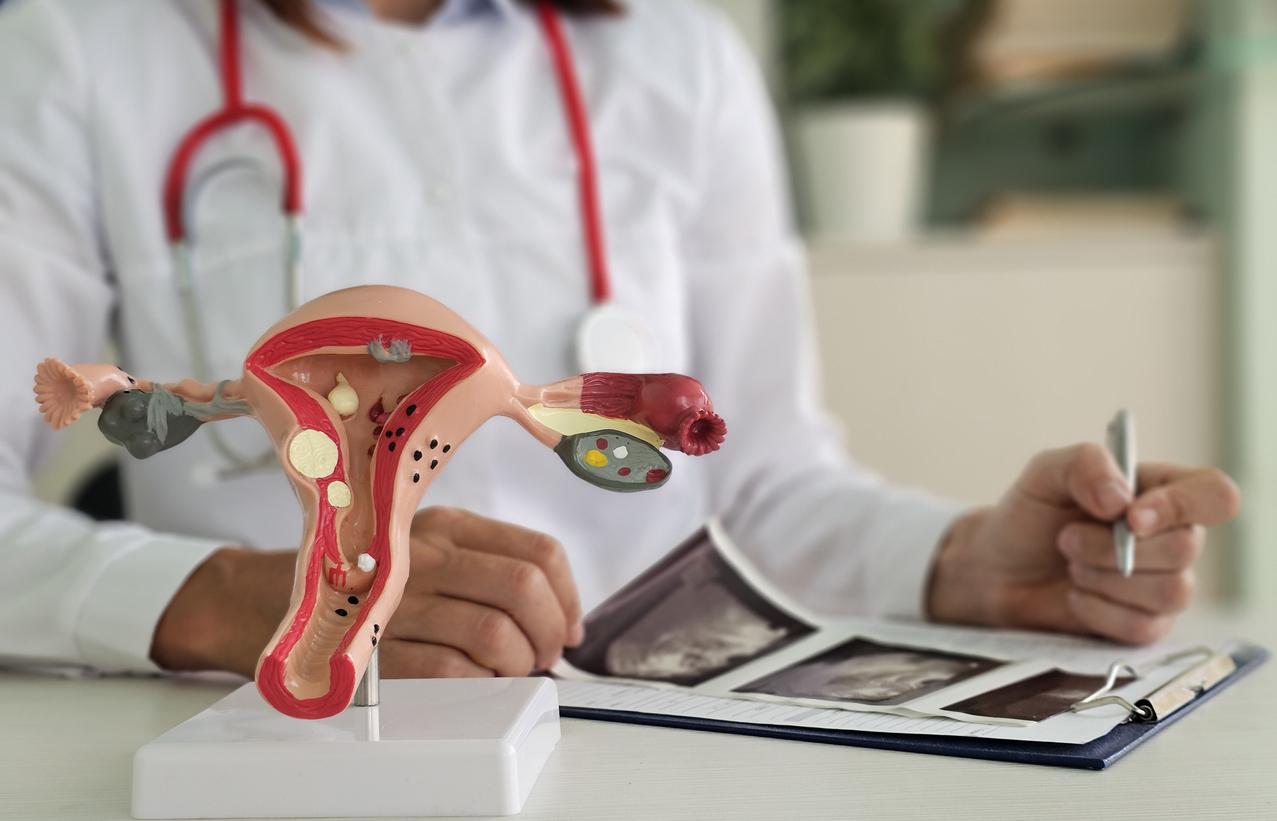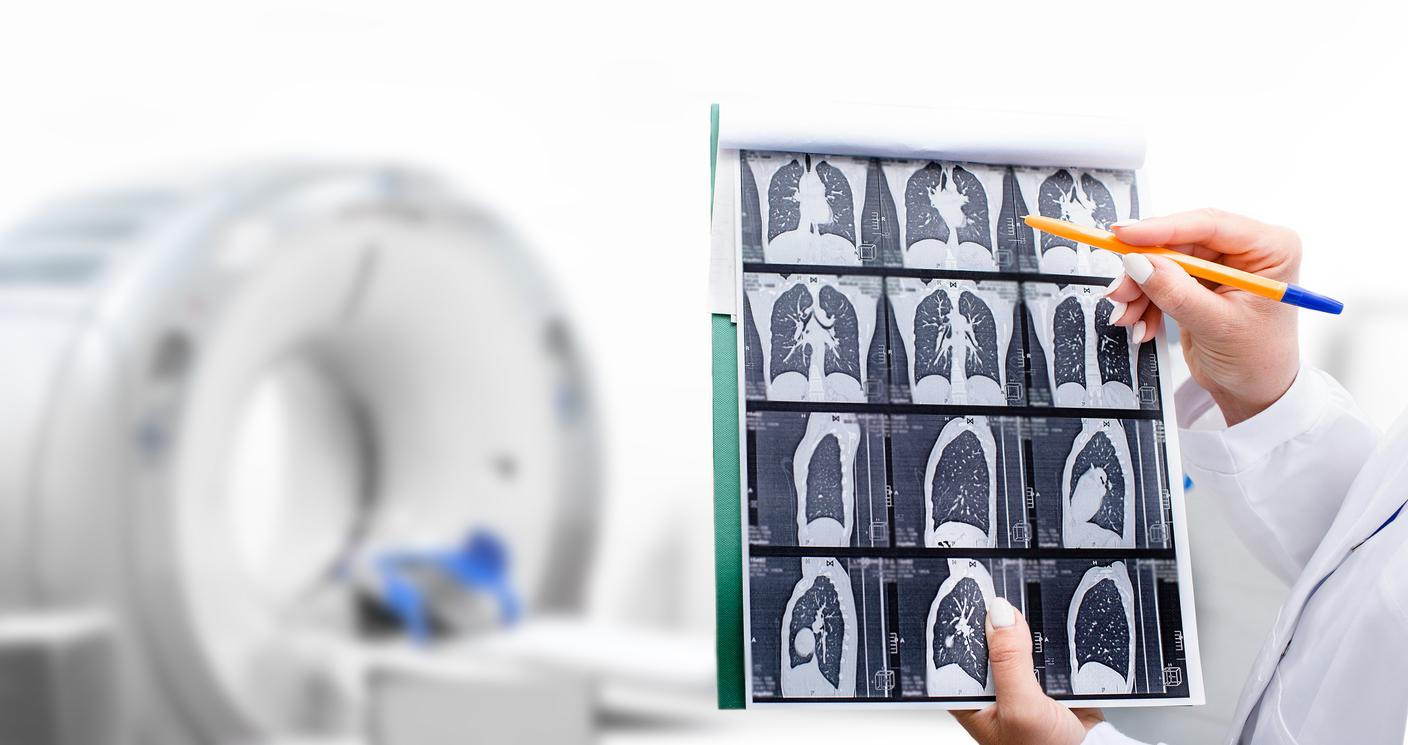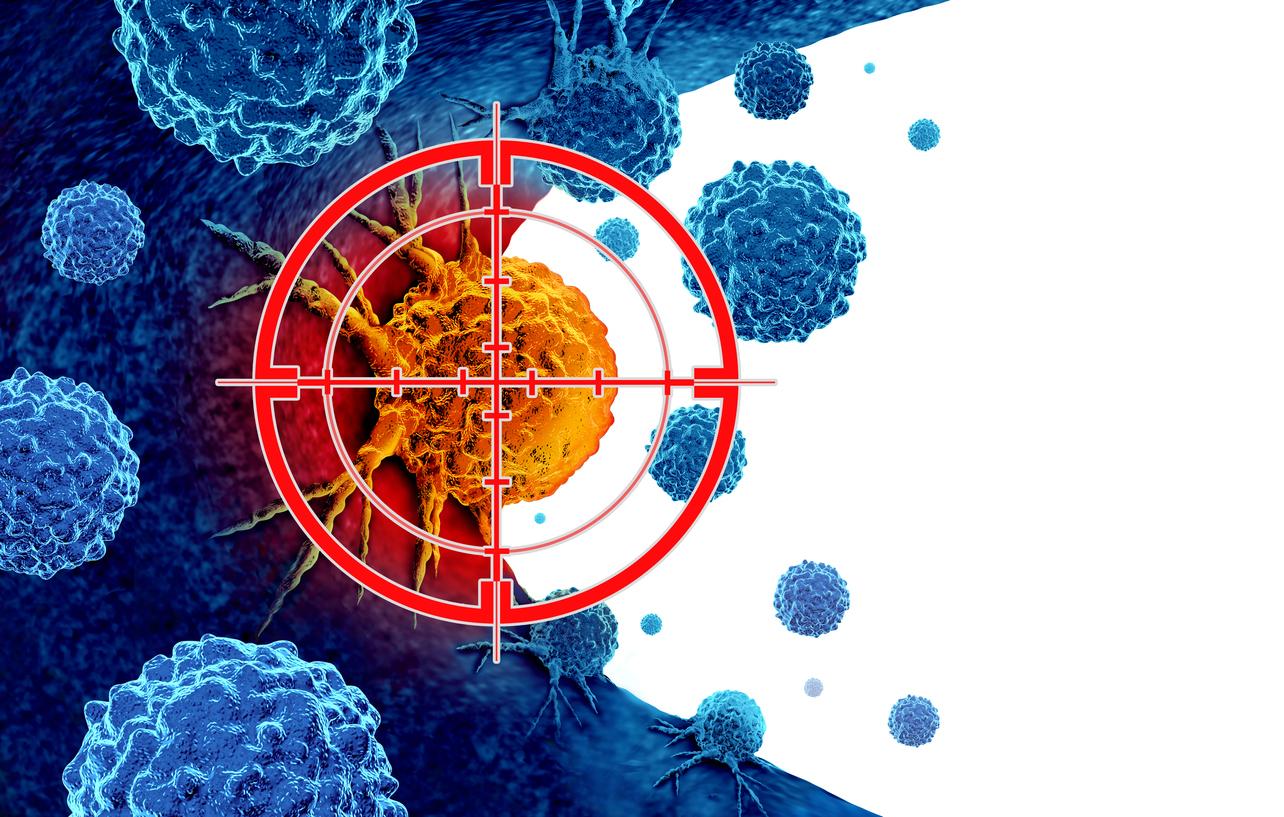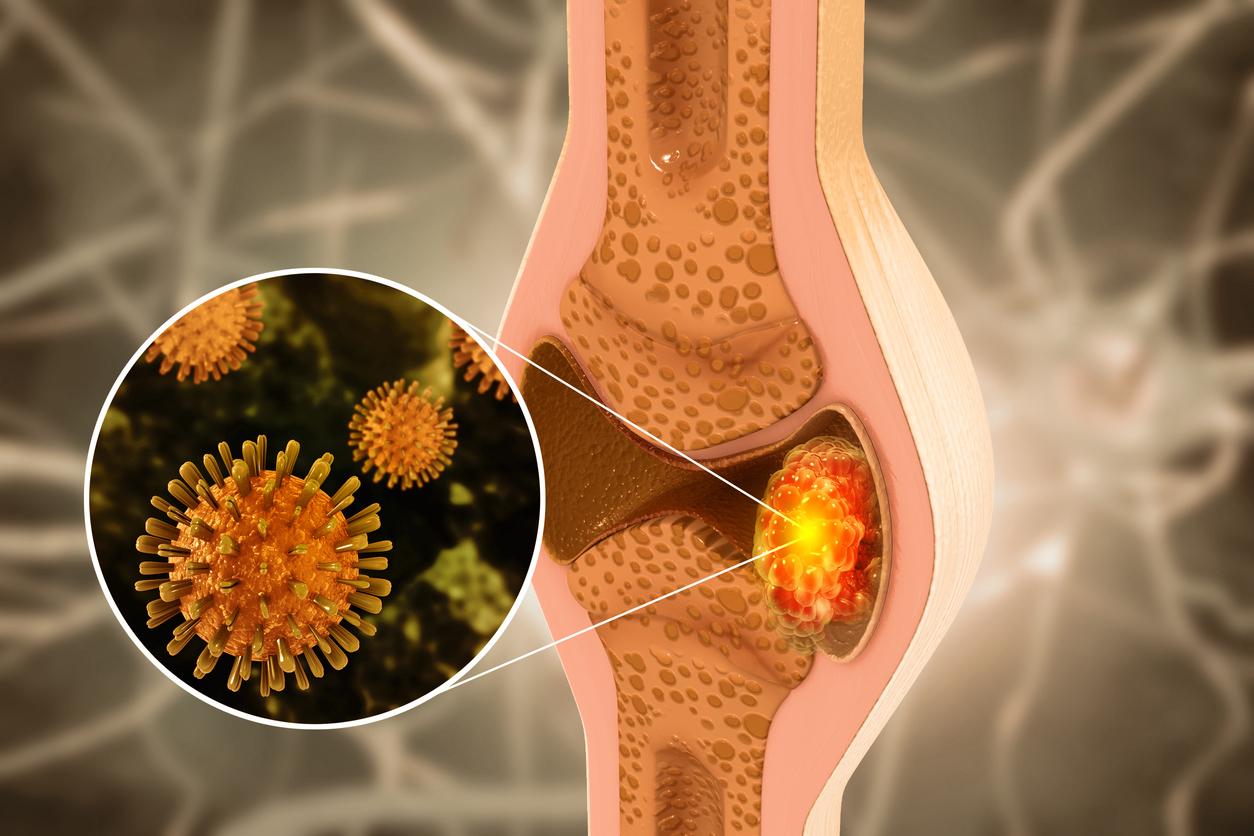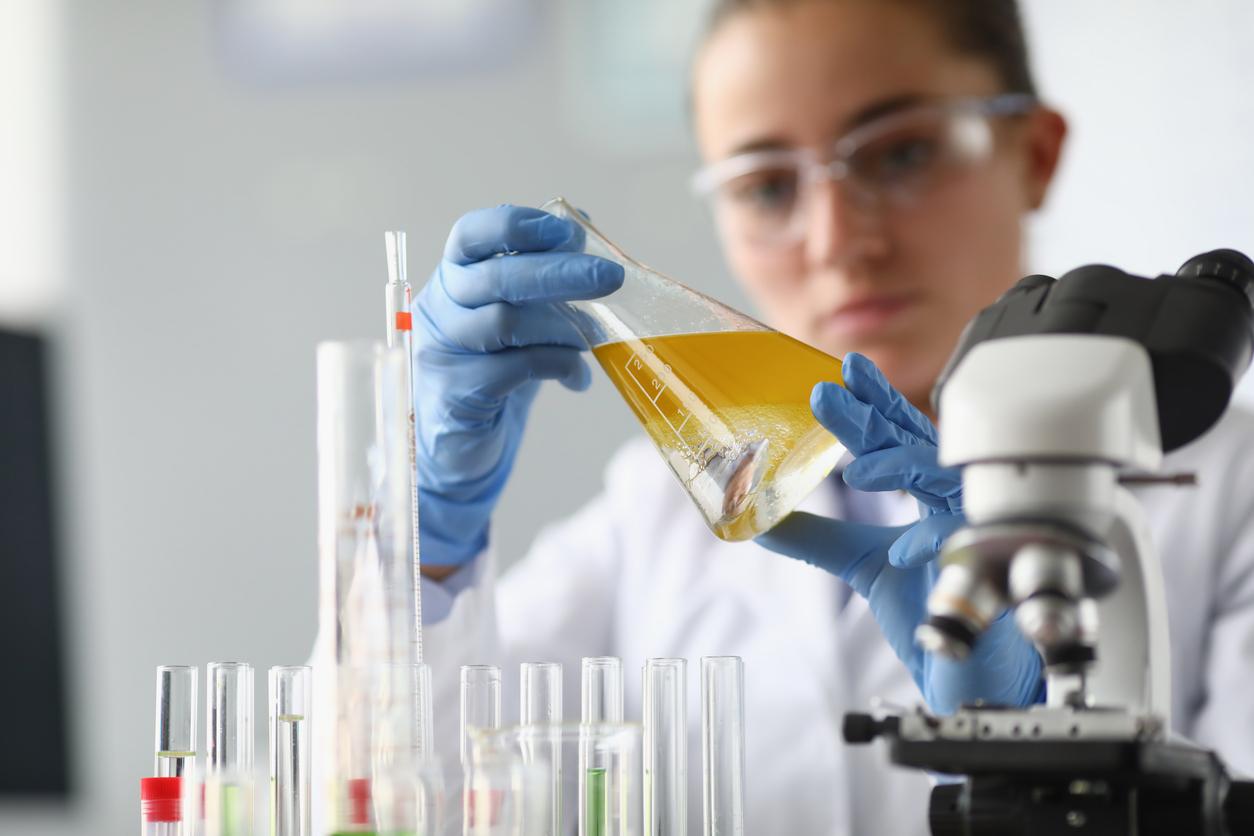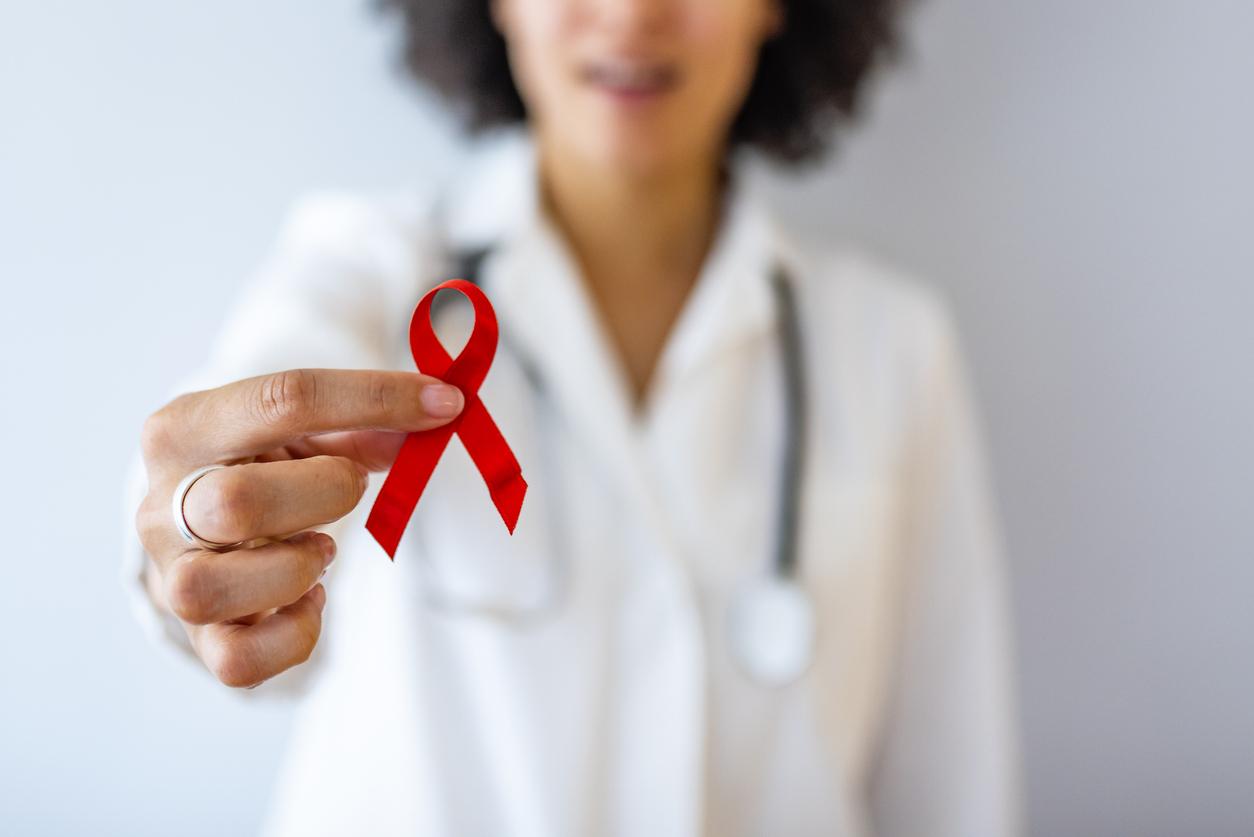According to a Canadian study, having an annual mammogram, from the age of 40, does not reduce cancer mortality. In France, organized “targeted” screening reduces the number of deaths by 21%.
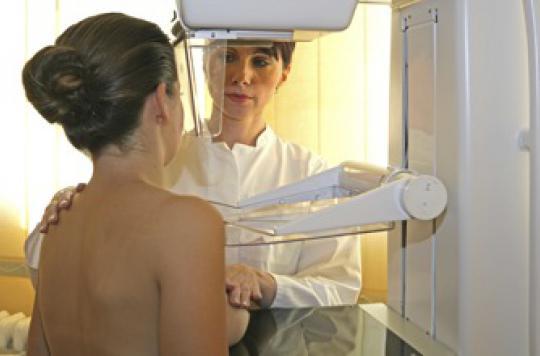
A new Canadian study published this Wednesday in the British Medical Journal (BMJ) risks reviving the eternal controversy on the merits of systematic screening for breast cancer. Researchers from the University of Toronto have just published new data on the value of an annual screening for breast cancer which does not show any reduction in mortality due to this cancer over a follow-up of 25 years, and confirm the existence of an overdiagnosis. Except that in Canada, and unlike France, women have been screened from the age of 40, annually, and for barely five years.
Screening from 40 and over five years does not reduce mortality
In detail, this study was carried out in the early 1980s on nearly 90,000 women aged 40 to 59, followed for 25 years. It shows that women who had had annual mammograms for five years were no less likely to die from breast cancer than those who had only a physical exam. After 25 years, 500 deaths had occurred in the 44,925 women followed by mammograms compared with 505 deaths in the 44,910 women in the control group.
22% overdiagnosis
In addition, the breast tumors detected were more numerous in the group having benefited from the screening, ie 3,250 in total against 3,133 in the second at the end of the study. But this imbalance was already clear after five years, with 666 cancers detected in women under mammograms against 524 in the control group, or an “excess” of 142 tumors, for Canadian researchers.
This “excess” was still 106 tumors after 15 years, which, according to the authors, “means that 22% of cancers diagnosed in the first group were overdiagnosed.” Overdiagnosis here refers to the detection of very small tumors that would not have had an impact during the person’s lifetime.
In France, screening reduces mortality by 21%
Are these Canadian results transposable to France? With us, each year, a third of the 50,000 new cases of breast cancer are detected through organized screening. In 2012, for example, 16,000 cancers were detected through organized screening.
The National Cancer Institute (INCa) estimates that it makes it possible to identify 90% of cancers before the onset of symptoms. This efficiency is explained by the regularity of examinations every two years. And for the Institute, early detection reduces mortality from breast cancer.
“In 2012, according to Inca figures, it fell from 15 to 21%, or 150 to 300 deaths avoided per 100,000 women screened”, reports Dr Daniel Serin, oncologist at the Sainte-Catherine institute. (Avignon). Because organized screening is of high quality. It presupposes a systematic second reading of the photographs. Of all the cancers detected, this double reading, specific to organized screening, revealed 6 to 7% last year. It also reduces the risk of over-diagnosis to less than 20%, reports InCa
Listen to Dr Daniel Serin : ” With the exception of this Canadian study, all the world studies show that screening makes treatment easier, and less mutilating. The prognosis of tumors is therefore better in the long term… “
Finally, concerning the French recommendations which advise women aged 50 to 74 to carry out screening organized every two years, again, Dr Daniel Serin maintains, like the majority of European oncologists, that this is the most suitable model. more efficient. Because before the age of 50, the density of the breasts requires radiologists to use a large dose of radiation to obtain a readable image, thus exposing young women to a greater risk of radiation-induced cancer.
“This is why it is not recommended for women under the age of 50 without a particular risk factor to have screening mammograms”, specifies theInca. The High Authority for Health (HAS) for its part cites very unfavorable estimates with 16 induced cancers for 13 cancers detected per 1000 women between 40 and 44 years old and 27 induced cancers for 24 cancers detected per 1000 women between 45 and 49 years old.
Listen to Dr Daniel Serin: “ Before age 50, the breast is much denser, and mammography does not have the same reliability. When screening before age 50, there are more false negatives and false positives. “
.










